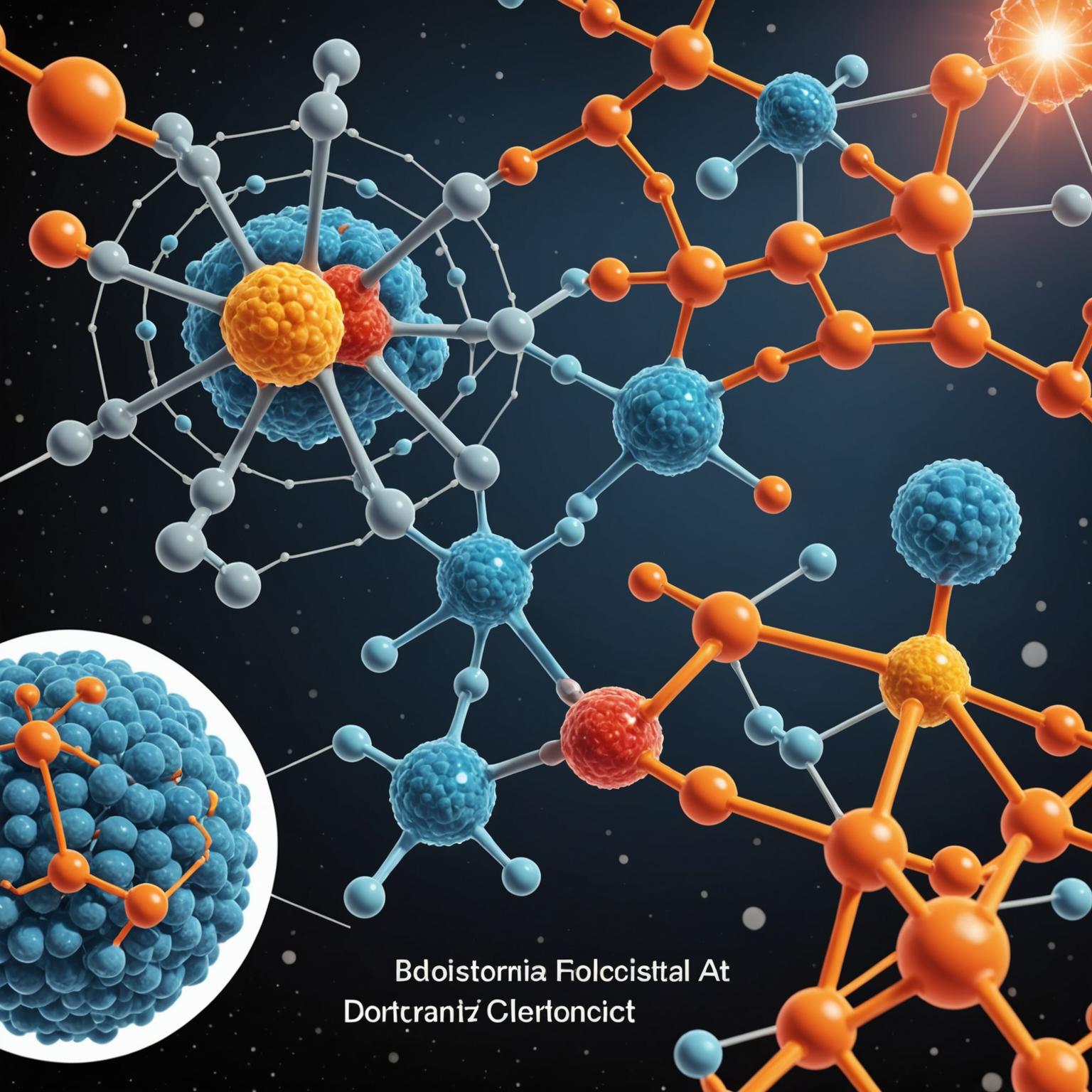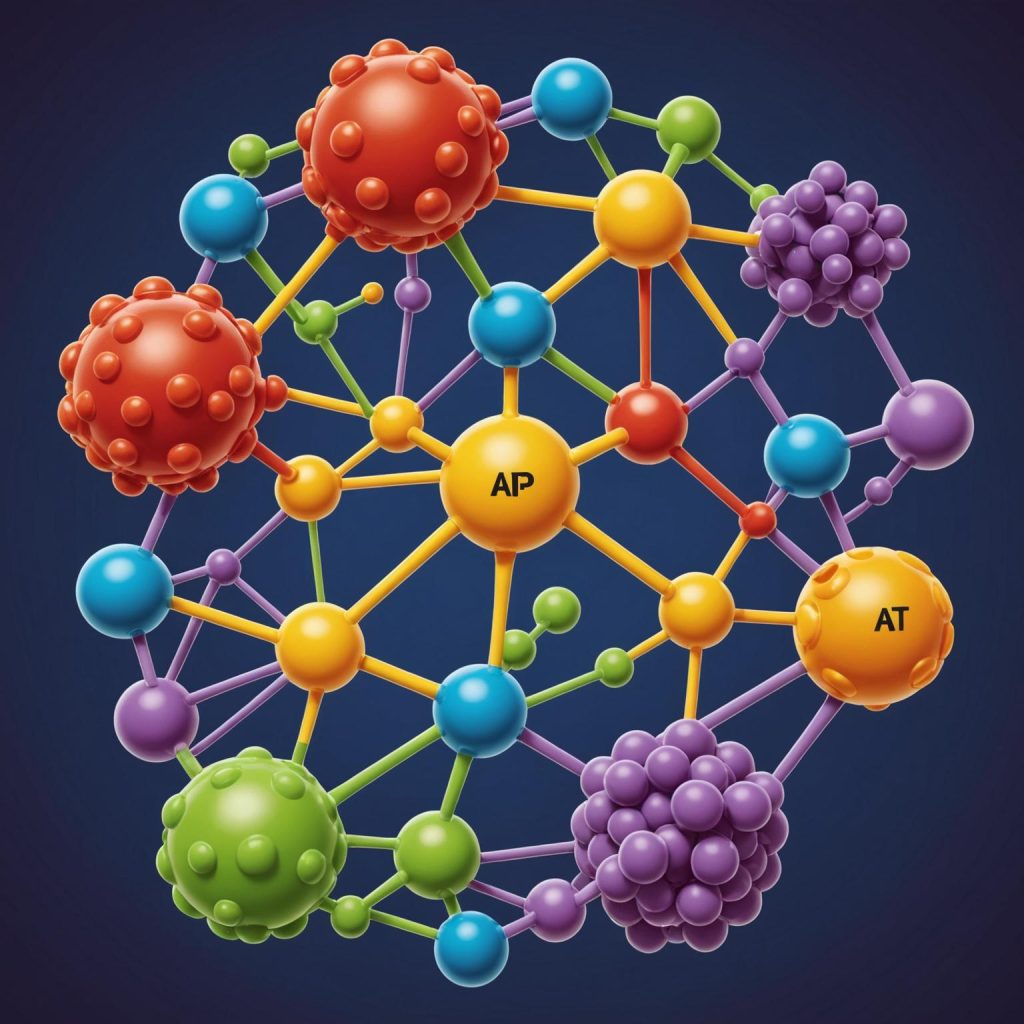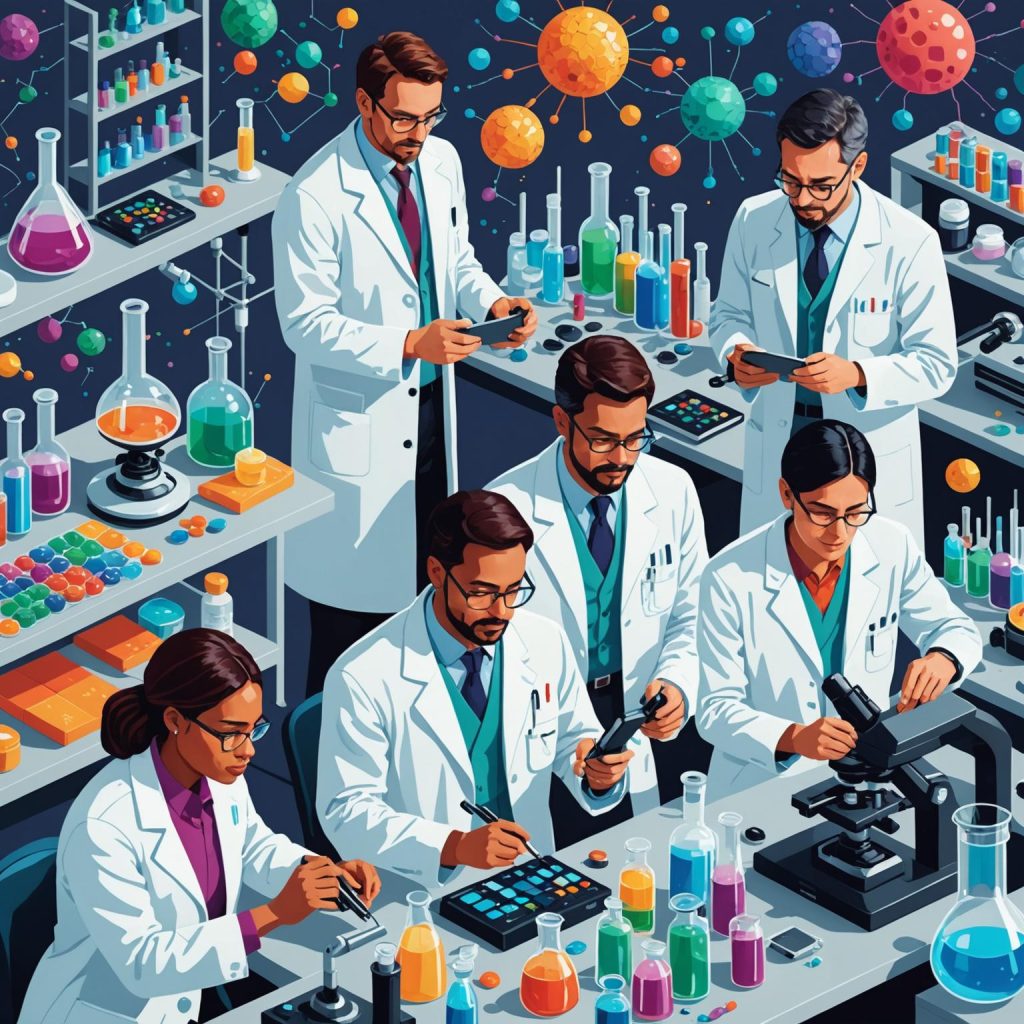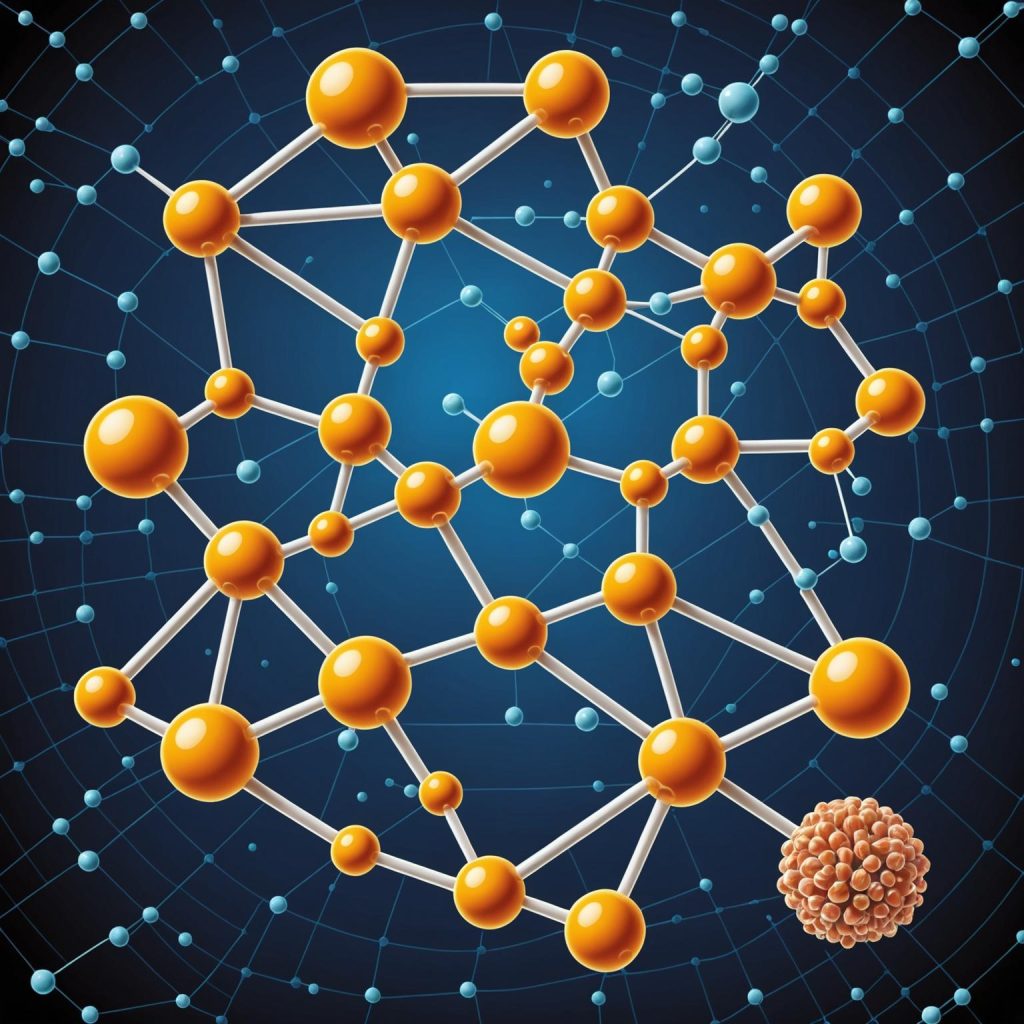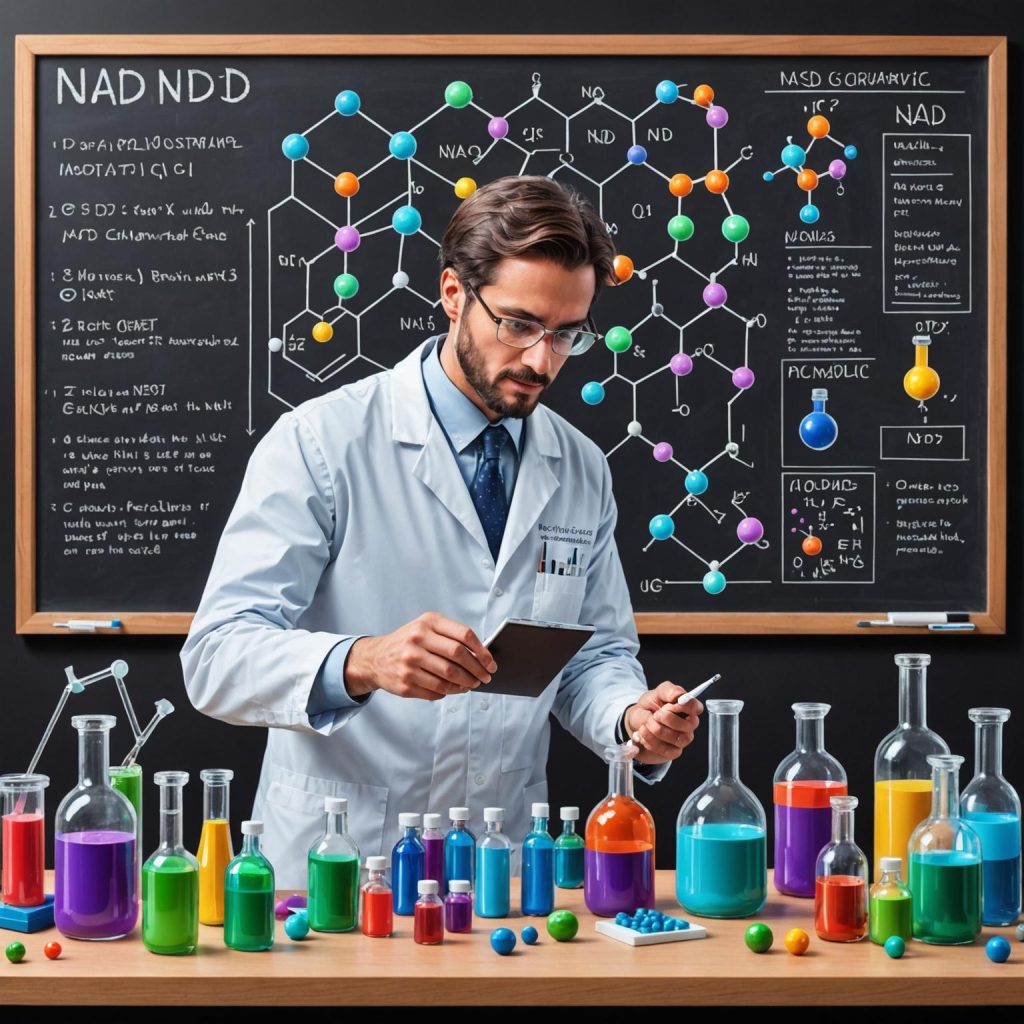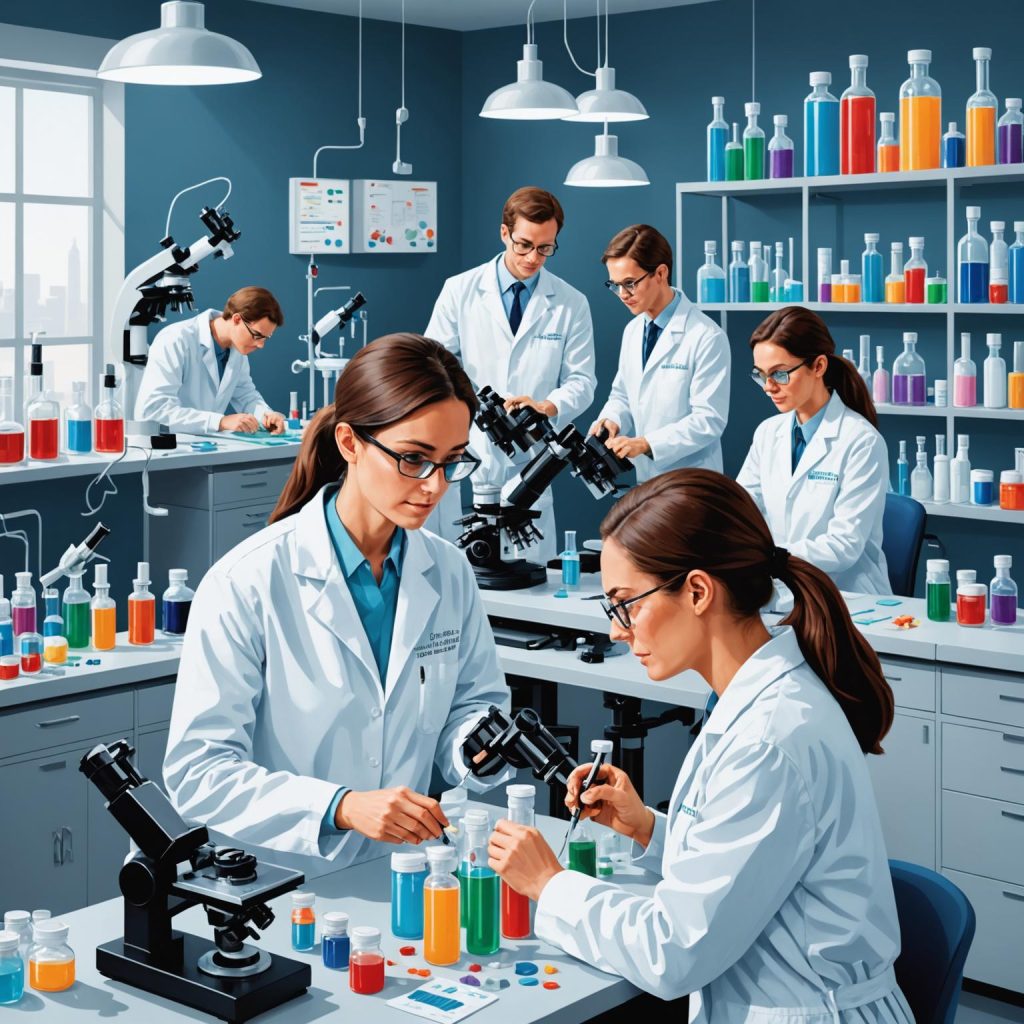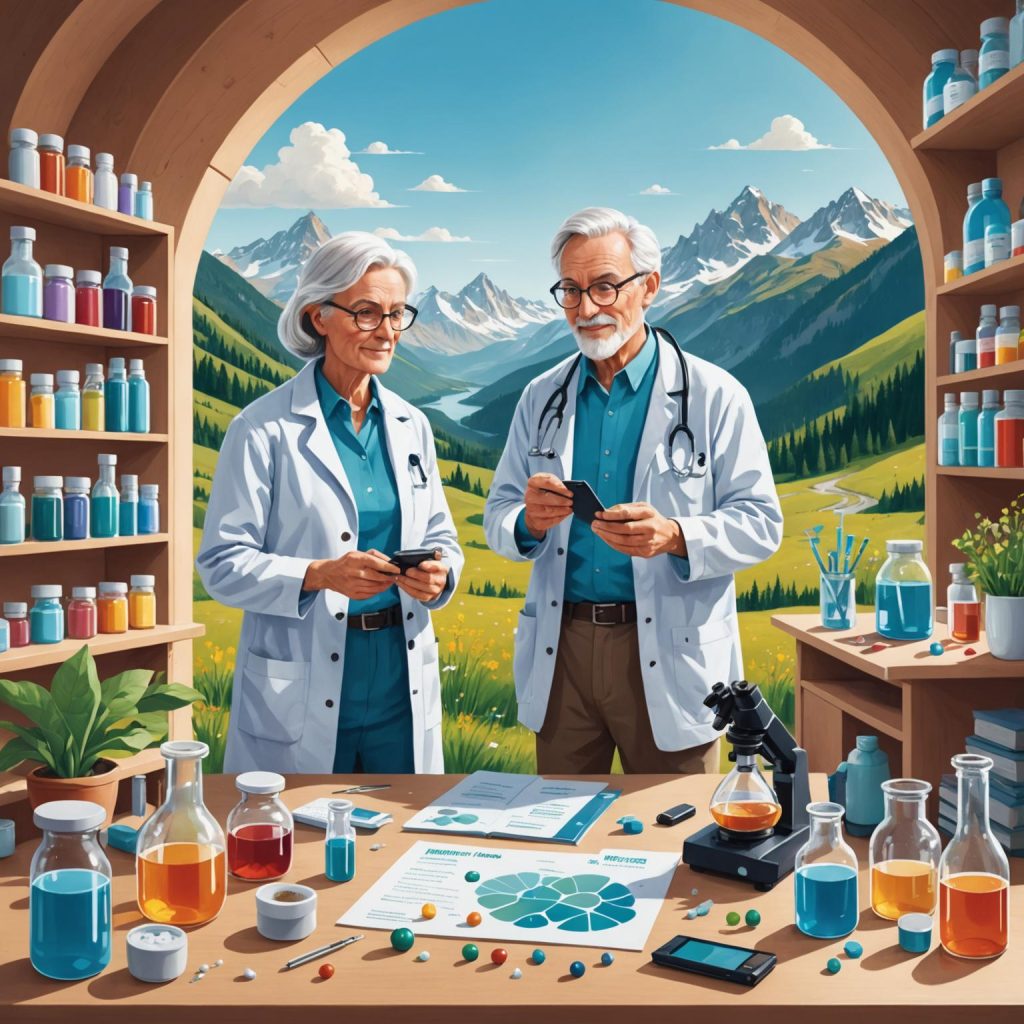Adenosine Triphosphate, or ATP, is often called the ‘energy currency’ of the cell, and for good reason. This single molecule is the primary carrier of energy within all living organisms, from the smallest bacteria to the largest animals. It powers nearly every activity that a cell undertakes, making it fundamental to life itself. Without a constant supply of ATP, cellular processes would grind to a halt, leading to cell death. Understanding this molecule is key to comprehending the very basics of biology and metabolism.
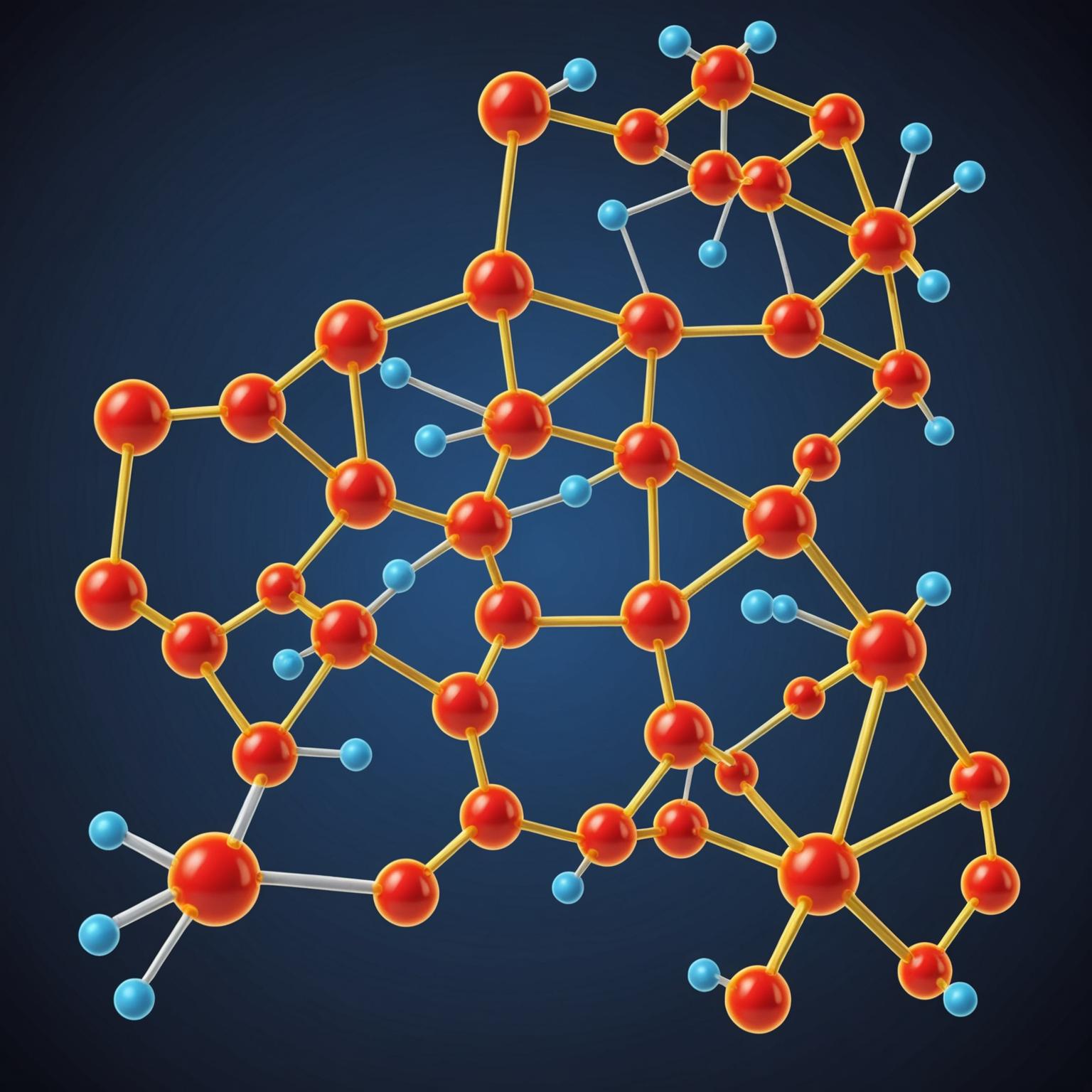
The Intricate ATP Structure
The power of this molecule is rooted in its unique ATP structure. It is composed of three main components: a nitrogenous base called adenine, a five-carbon sugar called ribose, and a chain of three phosphate groups linked to the ribose. The adenine and ribose together form a unit called adenosine. The real key to its energy-storing capacity lies in the bonds connecting the three phosphate groups. These are high-energy phosphate bonds, and when the bond holding the outermost phosphate group is broken through a process called hydrolysis, a significant amount of energy is released. This conversion turns ATP into Adenosine Diphosphate (ADP) and a free phosphate ion, making the stored energy available for the cell to use. This elegant ATP structure allows for the efficient capture, storage, and release of energy exactly when and where it is needed.
Key ATP Functions in the Body
The energy released from ATP hydrolysis drives countless cellular activities. These diverse ATP functions are essential for maintaining life. One of the most significant roles is in mechanical work, such as the contraction of muscle fibers, which allows for movement. It is also crucial for active transport, which involves moving substances across cell membranes against their concentration gradient, a prime example being the sodium-potassium pump that maintains nerve cell potential. Furthermore, ATP powers chemical work by providing the energy needed to drive non-spontaneous chemical reactions, such as the synthesis of complex molecules like proteins and DNA. The versatility of ATP functions underscores its central role as the universal energy donor in biological systems.
The Process of ATP Synthesis
Because cells are constantly using energy, the process of ATP synthesis must be continuous and highly efficient. Cells do not maintain a large stockpile of ATP; instead, they regenerate it constantly from ADP and phosphate. The primary pathway for ATP synthesis in most organisms is cellular respiration, a metabolic process that breaks down glucose and other organic fuels. This process occurs in several stages, beginning with glycolysis in the cytoplasm and continuing with the Krebs cycle and oxidative phosphorylation within the mitochondria. Oxidative phosphorylation is the most prolific stage, producing the vast majority of a cell’s ATP. This incredible biological machinery works tirelessly to ensure that the supply of energy meets the cell’s relentless demand, showcasing the importance of efficient ATP synthesis for survival.

